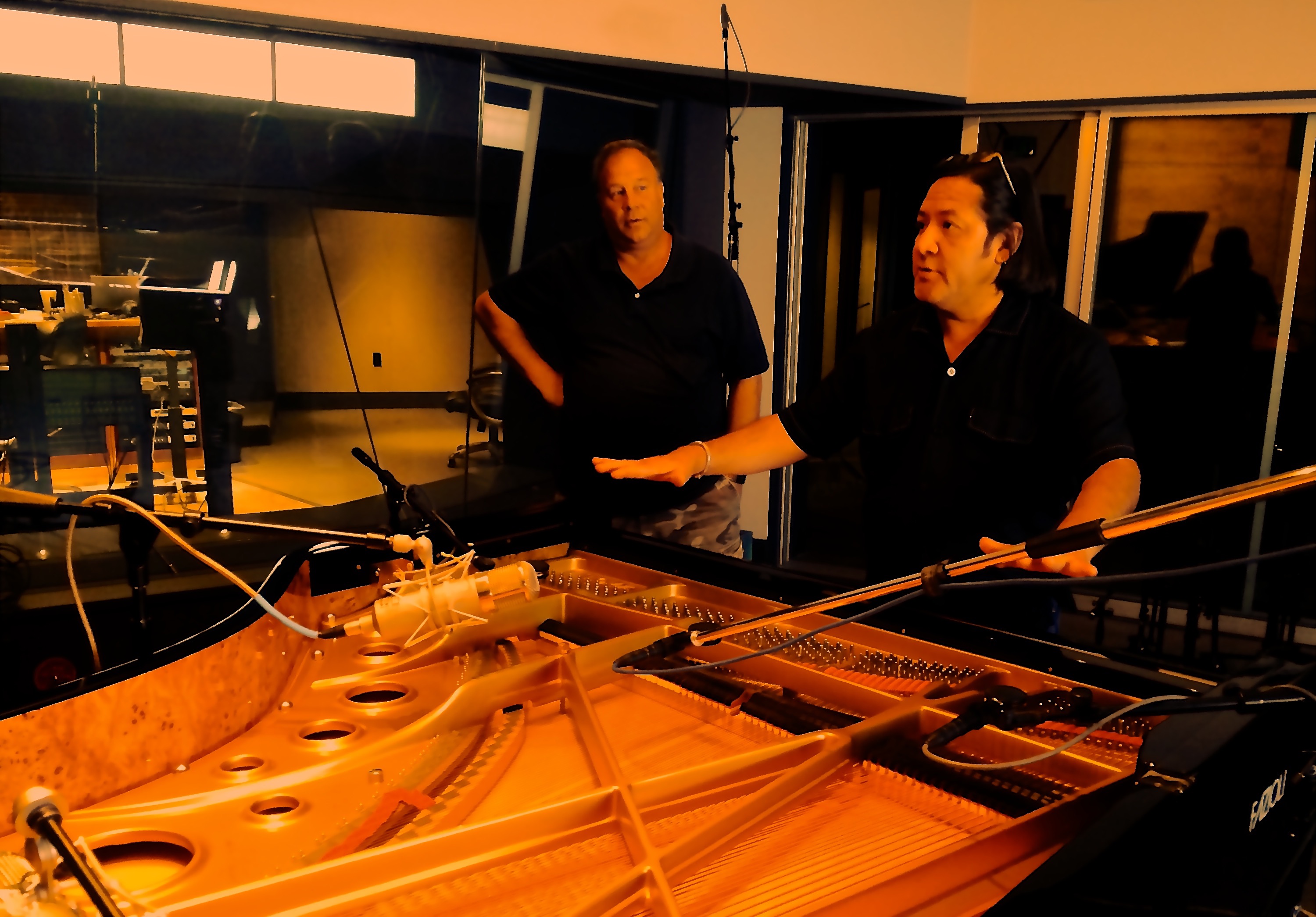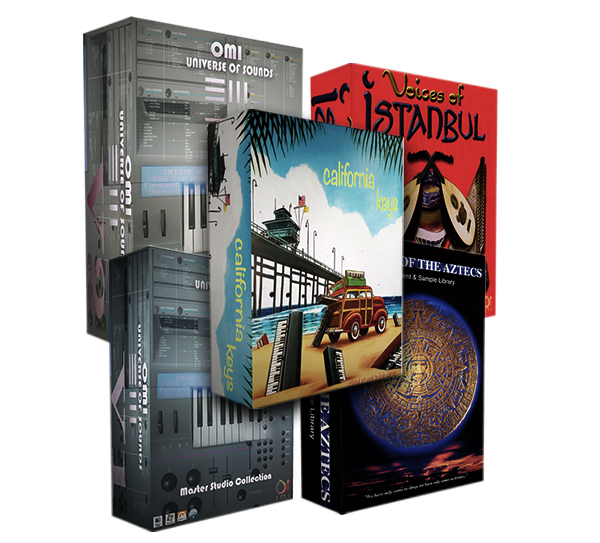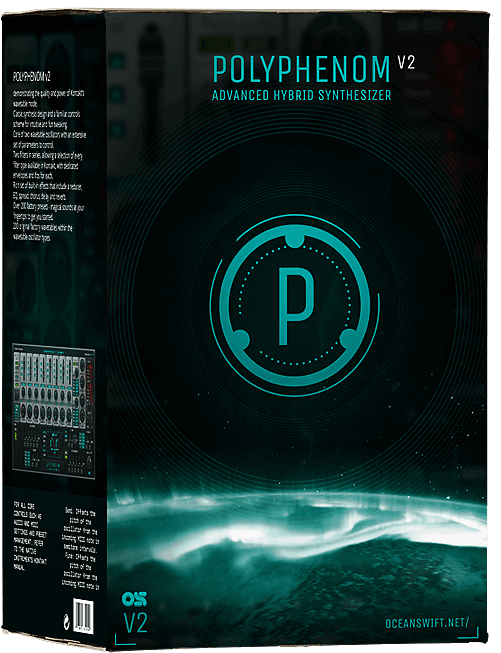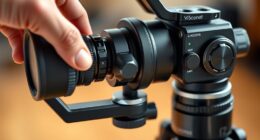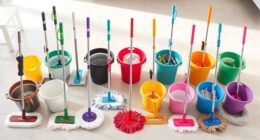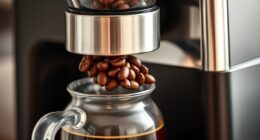AN INTERVIEW WITH DOUGLAS MORTON (PRESIDENT & FOUNDER) OF Q UP ARTS
by Thorsten Meyer
Douglas Morton from Q Up Arts did take the time out off his busy schedule to provide some insights and background information about Q Up Arts and their world-class sound collections for computer companies, professional music producers, Film/TV composers and recording artists.
Thorsten Meyer: Doug, first of all, thank you so much for taking the time out of your busy schedule. Would you be so kind and tell us a bit about yourself and how Q Up Arts started out in the business back in 1993?
Thorsten! many thanks for taking the time to speak with me! I’m excited to share my experiences and hopefully inspire and enrich your readers.
I started playing organ and piano at 7 years old, played in bands through my teen years in Cupertino, California and British Columbia, Canada. I later migrated back to Santa Cruz, in northern California, a hotbed of digital audio. in the early 1980s, E-Mu Systems had set up shop in Santa Cruz in a house on Broadway and Ocean. I’d met some of the muons and quickly became enamored with this new sampling technology. Next thing you know, I’m sampling drums for the Drumulator. My first customer was to Christopher Franke of Tangerine Dream. I kept sampling as I worked in the test department, then marketing before moving over to Optical Media International (OMI) down the coast in the hills of Aptos, California, then to Los Gatos in Silicon Valley.
OMI had developed the first desktop cd.rom publishing, Topix. The Universe of Sounds was the first sample cd.rom published, was for E-Mu’s Emulator II. the OMI CDS3 cd.rom drive connected to the EII via rs422 finally enabling users to escape the drudgery of the floppy disc and load from cd.rom providing access to hundreds of sounds at the press of a button. I produced and managed the development of the Universe of Sounds which was released to a vast audience of customers including Pink Floyd, The Cure, Stevie Wonder and many other A-list film/tv composers and producers. OMI continued publishing samples for Emax I/II, EIIIX, EIV, Akai, Roland, Ensoniq and more as well as implementing connectivity between most hardware samplers on the market. This connectivity provided access for users and thus heralding the beginning of the sample market. In 1993 I left OMI and created Q Up Arts, leaving Silicon Valley and heading back to the beach near Santa Cruz. after 24 years, Q Up Arts is creating content, developing and licensing samples and loops for a variety of customers and companies across the globe.
Let’s talk about California Keys collection of keyboard instruments including California Grand, Wurly, V-Organ, R-EPiano, H-Organ, Clav, F-Organ. What makes this collection so special besides the number of included instruments?
I was originally approached by Guitar Center’s Private Brands to produce content for the Williams Digital Piano line, a consumer platform of hardware digital pianos. Our goal was to capture the most important sounds from each of the instruments. Sounds that have been proven to work in a multitude of musical situations and applications. My first instinct was to find the greatest sounding instruments I could find. We had 2 Fazioli Grands to choose from, the 9ft and the 10ft. After we all played and listened to both, it was unanimous, the 10ft was the most beautiful instrument we’d ever laid our hands on.
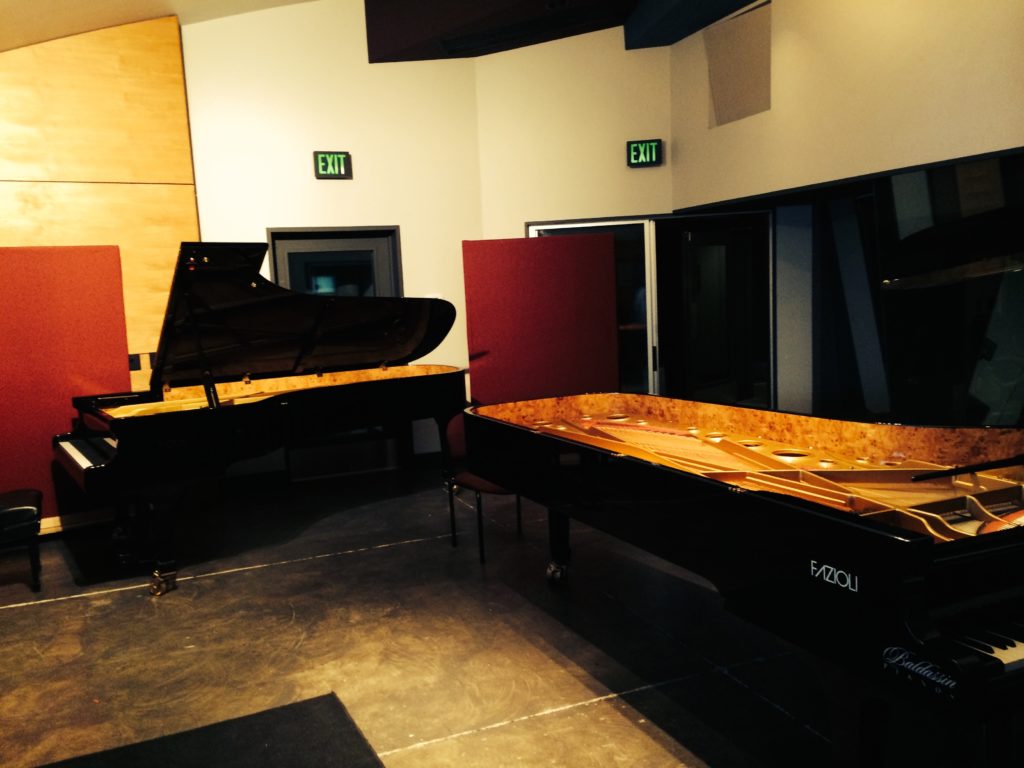
It’s truly the Stradivarius of pianos. There were also so many C7s sampled out there. I was after a piano that you could play very softly, the main element that is missing in most sampled grands.
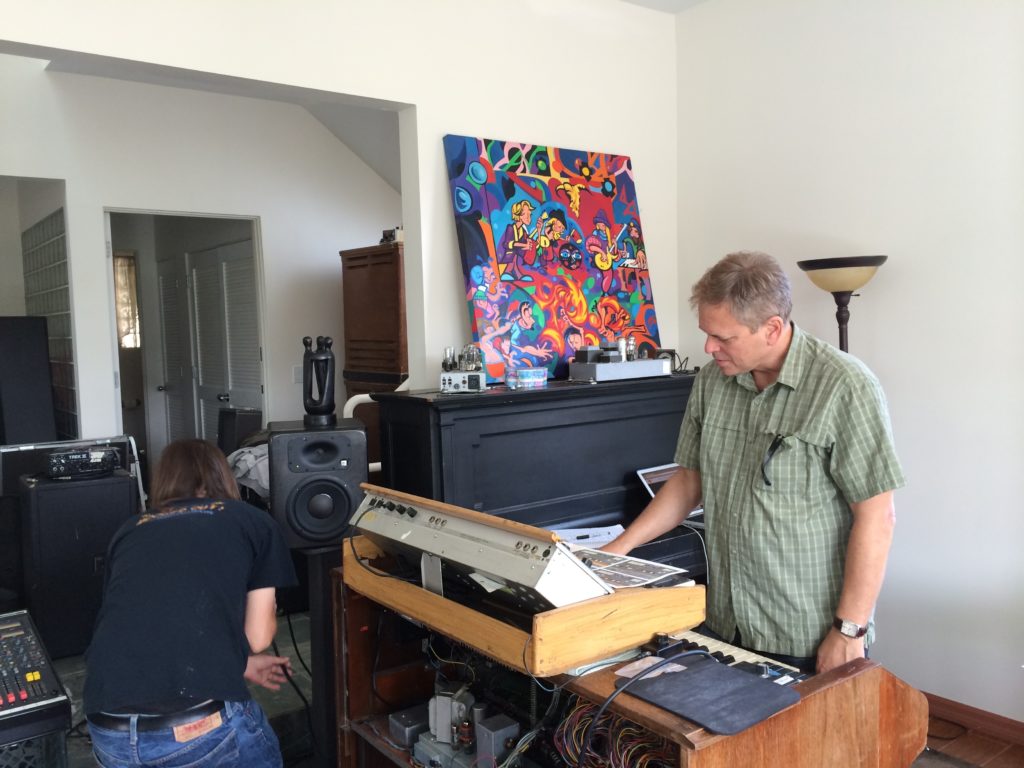
Next up were the organs and keyboards. We enlisted the services of master keyboard curator Arlan Schierbaum in Topanga, Southern California. Arlan had the most keyboards I’d ever seen in one place, so we had a lot of choices available. His instruments were very well maintained with help from renowned keyboard restoration expert Ken Rich of Los Angeles.
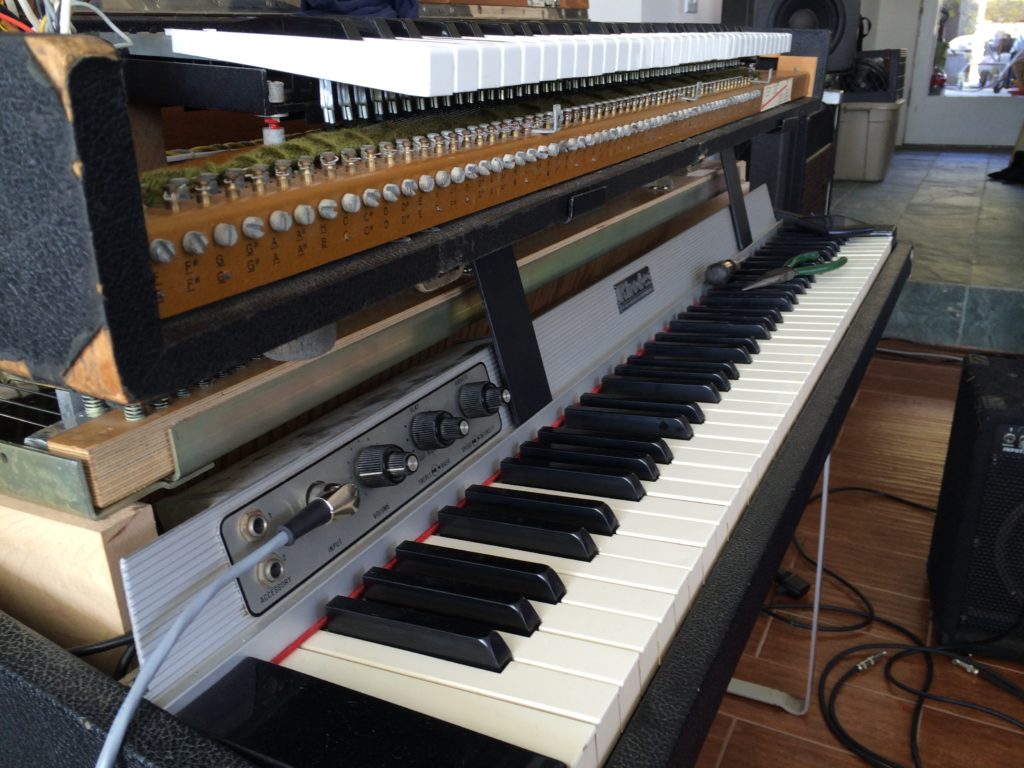
A long answer to your question, but what makes these instruments special is the quality of the instruments and the care we took in capturing the true character. We also care deeply about the playability and expressivity of the final instruments no matter what platform or engine they play from.
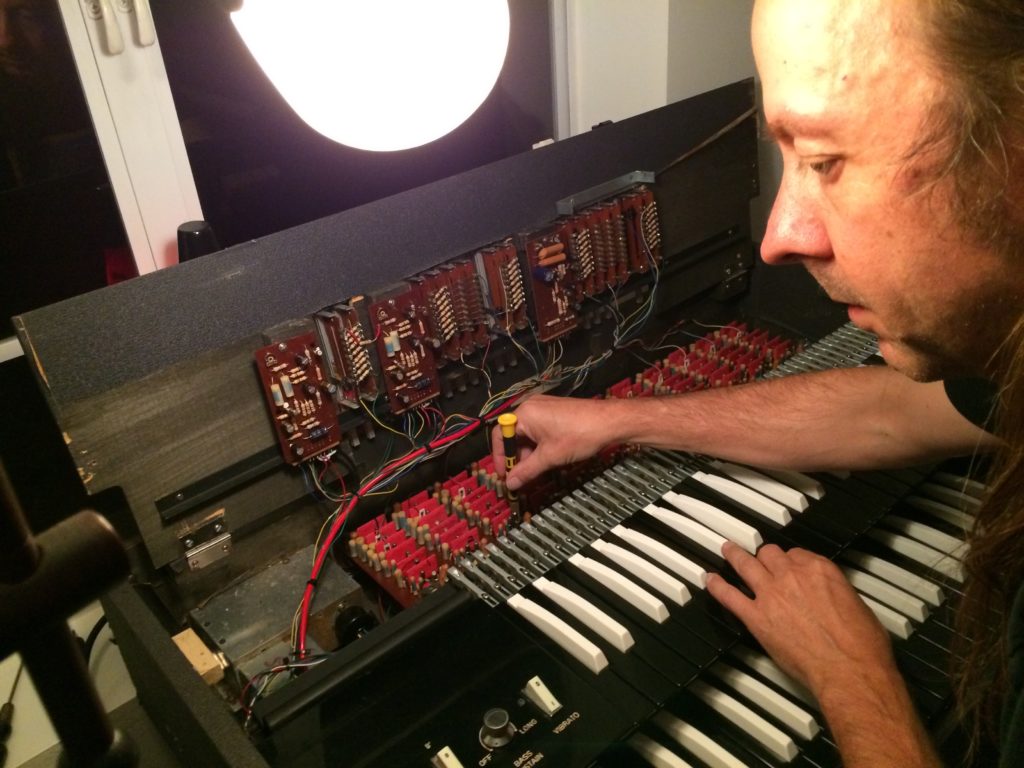
There are many piano libraries available these days. How does the California Grand differ from other available pianos?
There are some great sampled pianos out there, however, the Fazioli 10 ft. grand, as I mentioned earlier, is the finest instrument I’ve ever played. It’s a rich instrument with power, sonority, singing quality and perfect harmonic effects. The subtlety that’s available to the player is something I’d never experienced before.
The challenge of course, was to create virtual instruments out of this source material that contained as much of this expressivity as the architecture would allow, in this case, Williams and Kontakt. We went for the softest hits we could get, that’s where the beauty lies in most instruments, in my opinion.
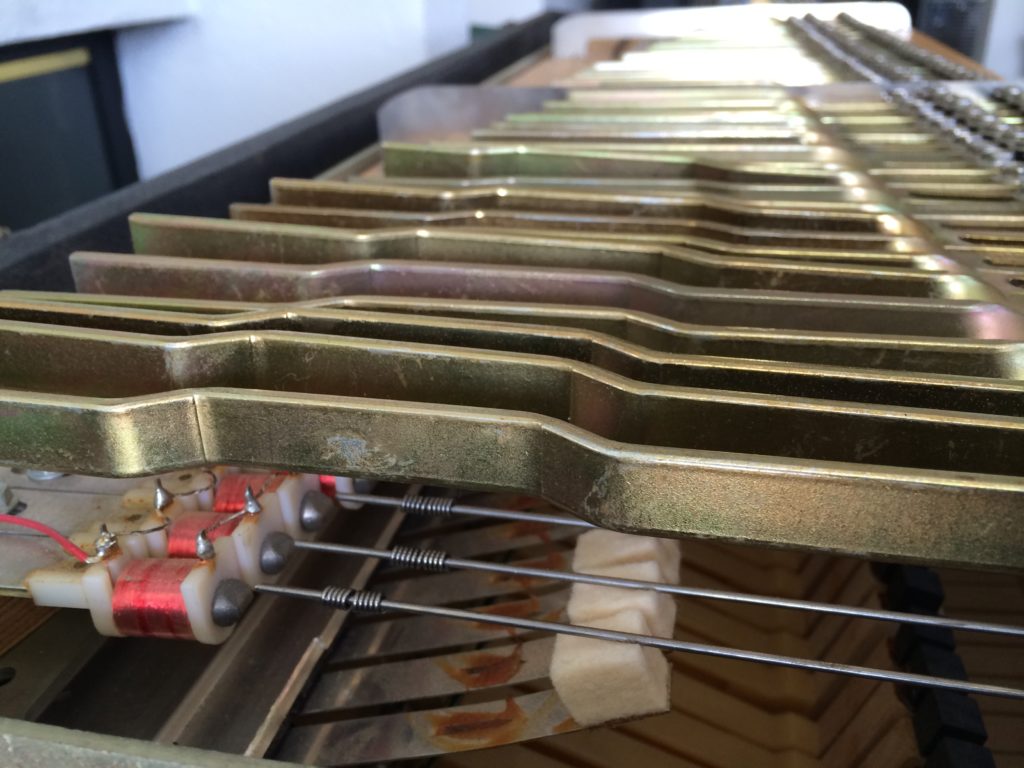
Another stand out feature is how the piano was recorded. It’s recorded in true surround. Matched stereo pairs of room mics were placed in front of and behind the player. U87 was placed under the piano, a classic ORTF config was to the right of the player with close mics directly above the hammers as well. In Kontakt, these mics can be sent to the surround matrix for 5.1 and 7.1 and beyond. The surround capability is very flexible for many configurations. Everything was recorded with utmost care @192khz 24bit.
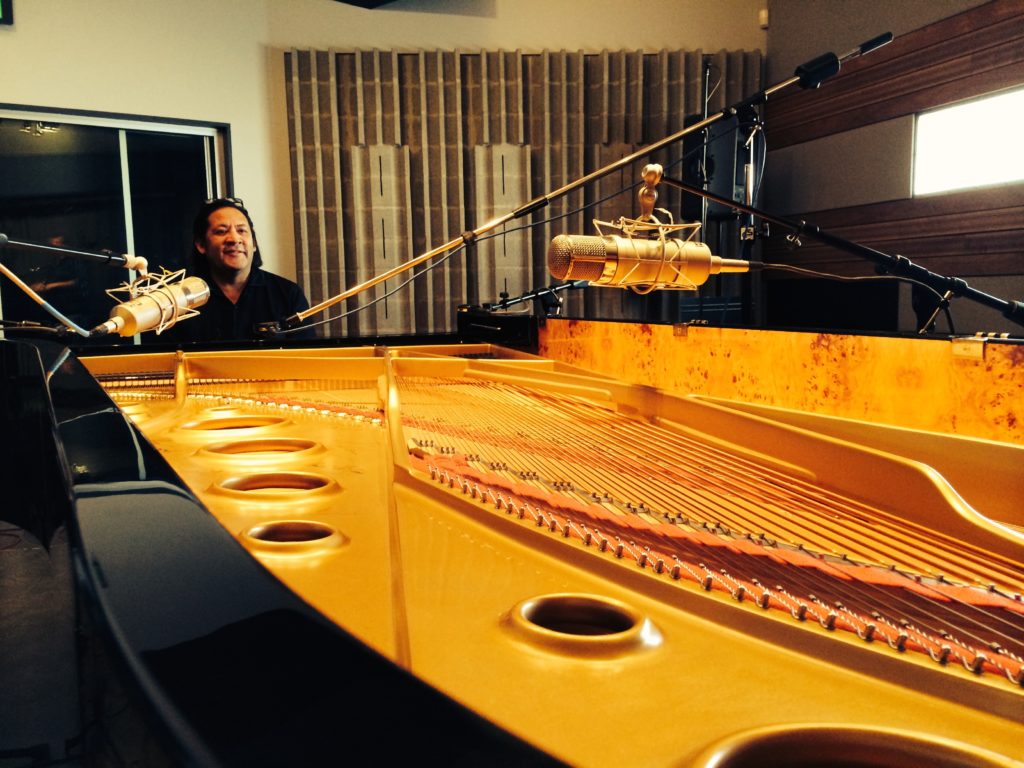
Which of the included instruments has been the most fun to sample?
They’re all fun!! Challenging is fun for me. The piano was the most inspiring and challenging.
When recording the California Keys collection, who did perform the instruments and helped to record them?
I hired a Rachmaninoff pianist named Candace Winterton, she was the perfect candidate for this project. The pianist must have a deep knowledge of dynamics and a personality and nature to sit very still while hitting note after note after note. Any movement after striking a note can render the sample useless.
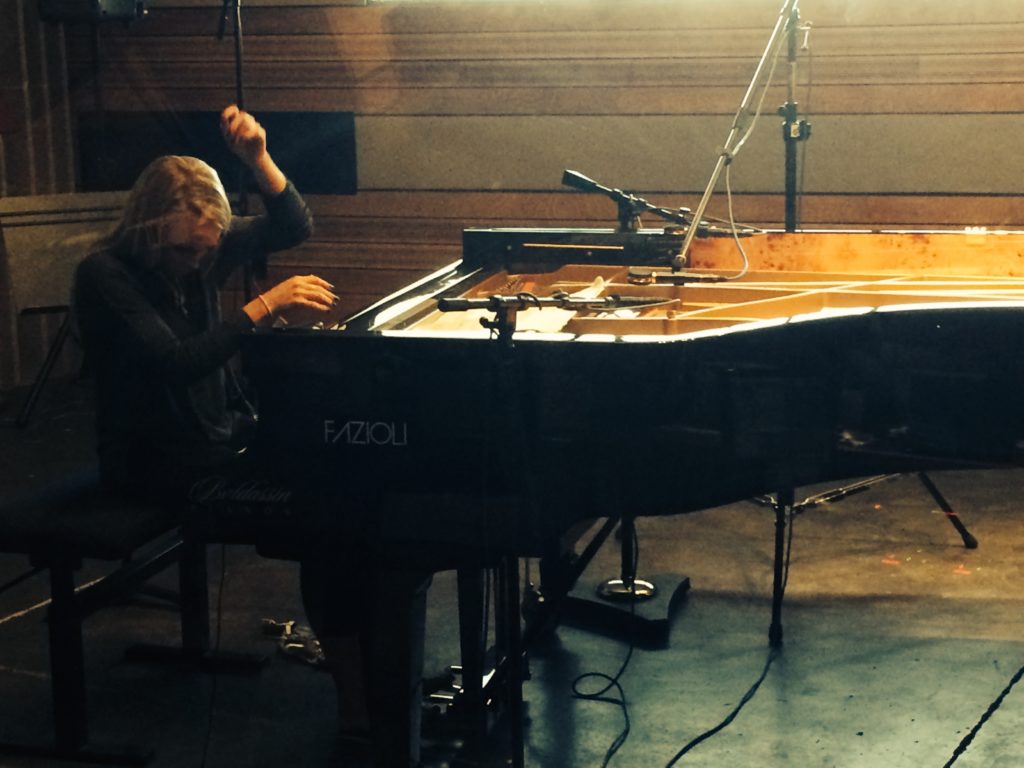
On the production and engineering side, Jim Norman of Guitar Center, Q Up Arts programmer Michael Scott and recording engineer Robert Abeyta completed the team. Arlan Schierbaum played and tweaked the keyboards and organs. An excellent team indeed!
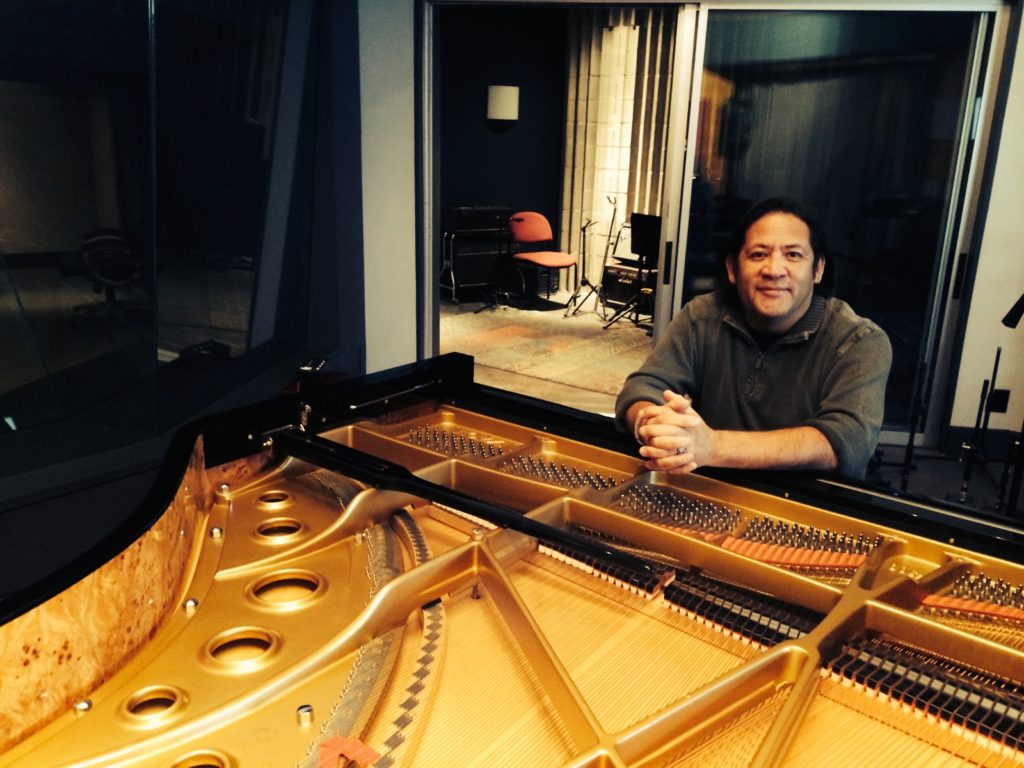
What are the challenges when producing California Keys collection?
To properly capture and convert the emotional quality and playability from the organic world into our digital playback world.
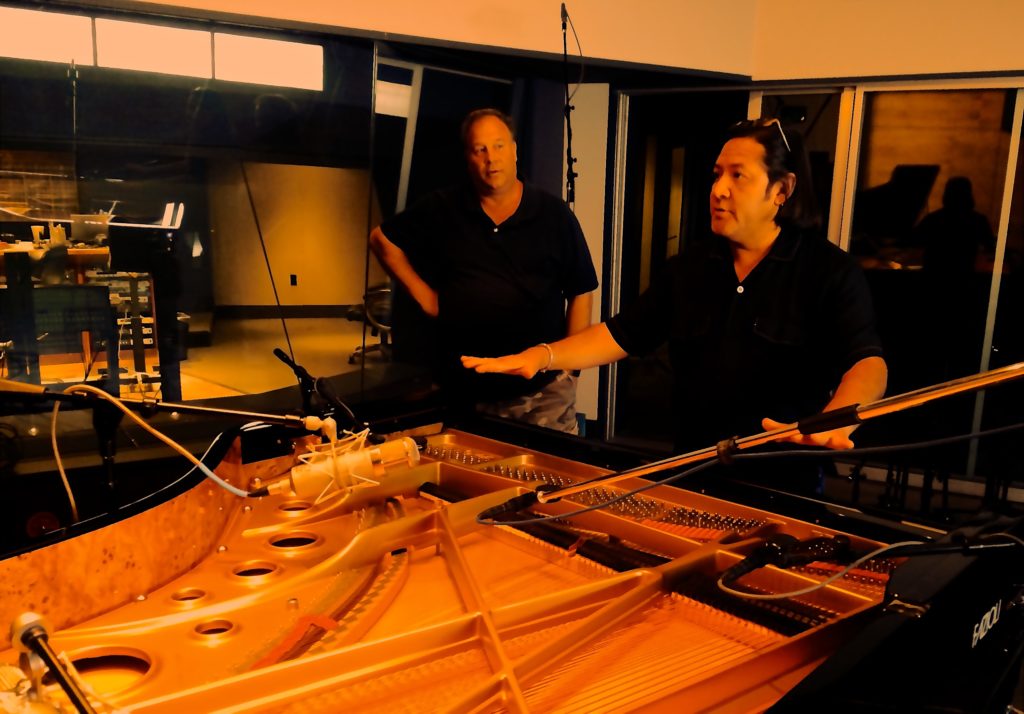
How long did it take to collect and process all the sounds and samples for OMI UNIVERSE OF SOUNDS?
The first volume was a mixture of swap parties of EII users, some factory sounds. At that time there really wasn’t a sample for sale industry. Users traded sounds and Kevin Monahan from E-Mu developed some of the early sounds. Volume 2 was produced by me, David Hannibal and Steve Bodekker at OMI. We spent around 2 years developing volume 2.
Tell us more about the MASTER STUDIO COLLECTION and let us understand how it differs from OMI UNIVERSE OF SOUNDS?
The Master Studio Collection is a part of the Universe of Sounds. We originally created this for the Emulator III/X and moved it into Akai S1000 and several other platforms.
You have quite a large collection of Apple Logic EXS24 Collections, many composer however do use Kontakt these days. You migrated some EXS24 libraries to Kontakt. Can we expect more of the remaining EXS24 libraries to be migrated to Kontakt?
Absolutely! We have a vast back catalogue of sounds to port over to Kontakt and other platforms as well. We’ve just started developing for the Korg Kronos as well.
Is there a sound or style that you see lately as an upcoming trend?
I’m not that hip really 😉 I tend to go after sounds that I find interesting and haven’t been done before or done well. When I produced Voices of Native America, I did this out of respect and curiosity about Native American people and their musical history. I didn’t really think or care that anyone would purchase it, it then went on to be one of the best-selling titles in the history of sampled sounds.
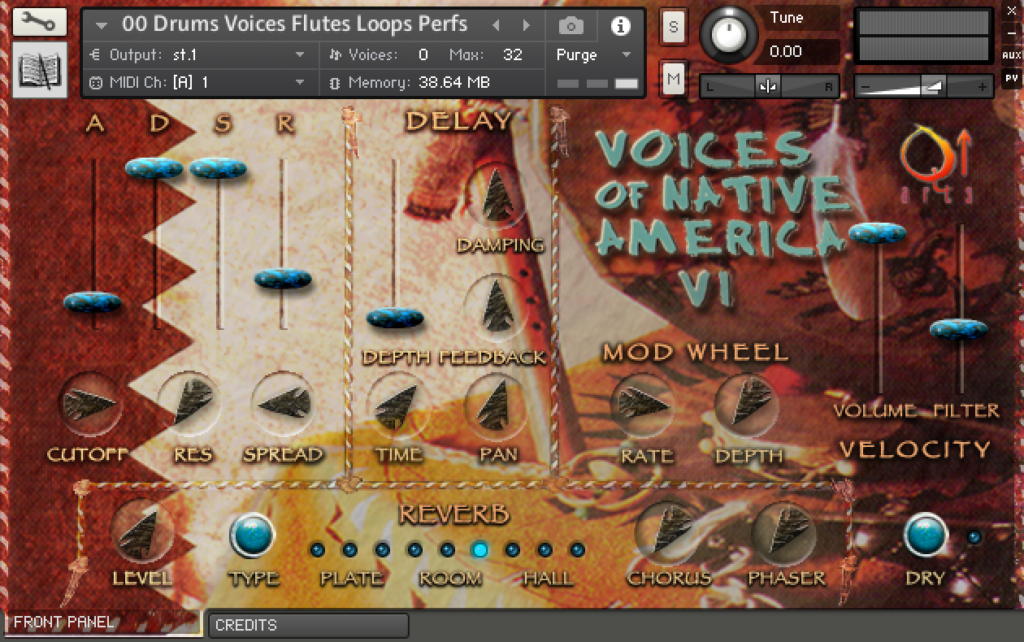
I also like to encourage users to become better keyboard players. I love loops but, let’s play some keyboards!
Would you be so kind and share your experience on what to look for when recording your own samples, be it pianos or other instruments?
I look for unique and great sounding in tune instruments and the people that play them.
Any microphone on a budget you would recommend for close and wider recoding?
I like the Neuman mics, Audix, Earthworks, B&K. For field recording, the zoom F8 is fantastic with the mics that they offer.
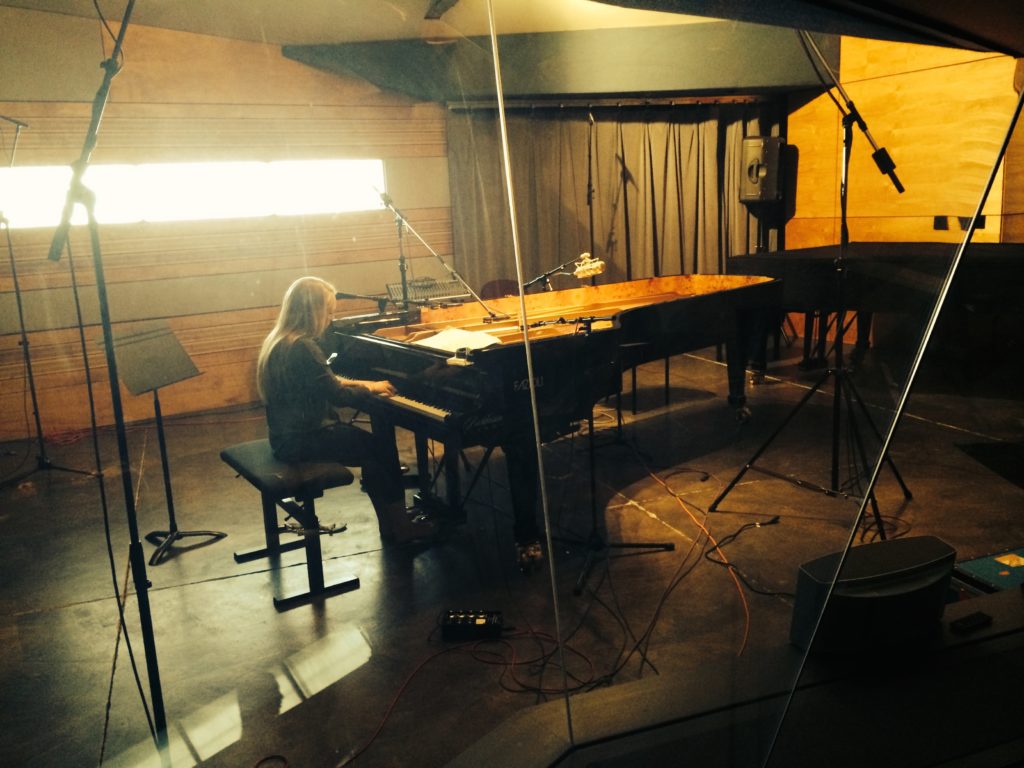
How do you manage the recording and samples to sound like a real instrument?
I do lots of play testing of all the instruments. I also send them to my colleagues who are great keyboardists. You can have great sounding samples with deep layers but it’s got to be playable. This is one of the most overlooked aspects of virtual instrument design. I have a lot of respect for the sound designers at Korg, Yamaha, Nord etc for the attention to playability they offer.
Could you let us in on your favorite and most used tools in your studio, both analog and digital?
I use Myriad by AUDIOFILE ENGINEERING for batching. Izotope RX Advanced for SRC, denoising and batch conversions. Logic ProX for sequencing. Apogee I/O and Adam A77X for monitoring, Mac Pro with a giant screen.
Could you share some insights about your next project you’re most excited about?
I just completed the production of sample content for Guitar Center’s Simmons Drum Kits. We re-designed the entire kits from OS to sounds to surface. Kudos to Jim Norman at GC for a miraculous makeover.
Which advise would you give to composers who still want to incorporate the charm of a live orchestra into their productions?
Absolutely!! Go for it! There’s still nothing like the real thing.
How do you typically go about creating a new track?
I get most of my ideas playing the Fazioli sampled grand these days. I usually start there. Sometime I start with a groove. The sounds really drive my inspirations.
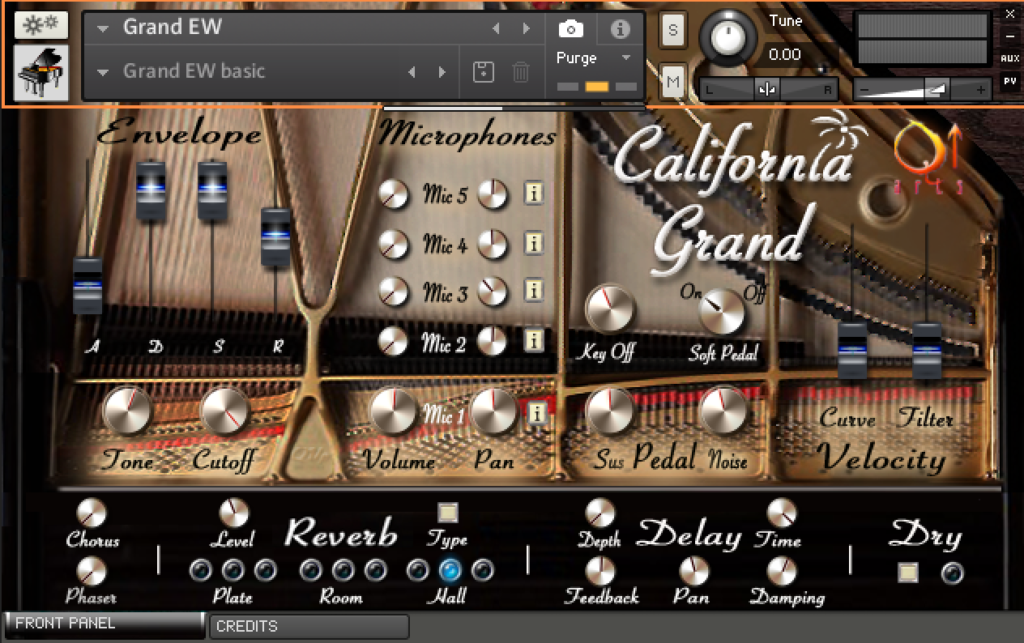
What is your main instrument when it comes to writing music?
Grand piano and keyboards hooked up to Logic ProX
Could you share your secret weapon when it comes to composing?
Hiking, skiing surfing and getting outside I find very inspirational.
Would you share some of your tricks to achieve an epic, cinematic sound?
I like to double and triple parts with different sounds. Explode chordal melodies into separate parts. I experiment with different tempi.
Are there incredible talents you worked with that you would like to point out?
I recorded bassist Benny Reitveld a few years back, an amazing player. Working with Arlan Schierbaum was a real treat seeing how he approached keyboard playing. Too many to mention really.
Thank you for your time.
Thorsten, many thanks for this interview. This always makes me think more deeply about what I’m doing and why. My biggest motivation is to inspire musicians to create beautiful music and enrich them with my work.
All the Best, Doug
Connect with Doug
Q Up Arts www.quparts.com
Doug’s SoundCloud
Q Up Arts on Youtube

